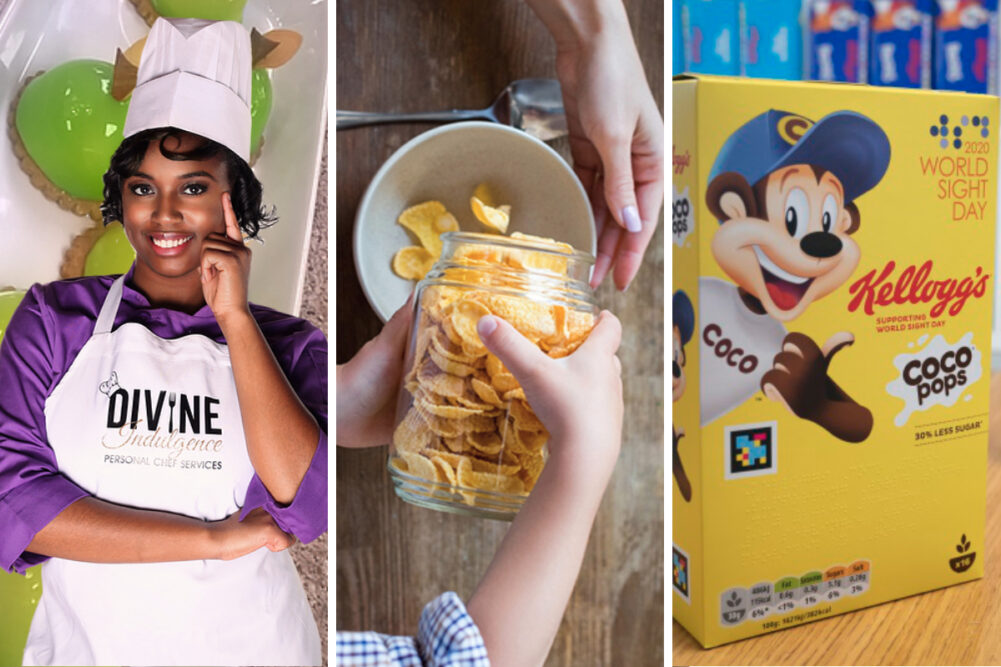LONDON — A Black chef program in North America, a new nutrition-rich snack in Brazil and cereal boxes designed for the visually impaired in the United Kingdom are three ways the Kellogg Co. is making its food more accessible globally.
Nigel Hughes, senior vice president of global research and development for Kellogg, spoke about all three programs Oct. 1 in the Future Food-Tech Summit, a virtual event.
“We understand that accessibility is not just a theme of what we used to call emerging markets in certain parts of the world,” he said. “We weren’t speaking the rich food language of the many cultures of North America.”
Kellogg this year began a chef in residence program at its headquarters in Battle Creek, Mich., to learn about Black culinary cultures. The first two chefs in residence were Christopher Williams, a pastry chef at Whole Foods Market, and Shanel Dewalt, owner of Divine Indulgence Personal Chef Services, LLC in the Detroit metro area.
“We’re bringing in African American voices, African American chefs to speak very local, relevant languages and to work with us to gain access and insight around those languages,” Mr. Hughes said. “In return, they get a wonderful training in the food industry.”
Kellogg is addressing hunger in Latin America in three ways: introducing a snack food in Brazil, engaging mothers and families as nutrition ambassadors, and seeking go-to-market partnerships to reach urban communities with “food deserts,” meaning communities with few retail outlets for groceries.
The fiber-based snack contains 30% of the recommended dietary allowance of vitamins A, vitamin D, vitamin E, calcium, iron and zinc. Kellogg has partnered with Beneo GmbH, Mannheim, Germany, on a fiber ingredient that has been clinically proven to improve calcium absorption. Beneo offers Orafti inulin and oligofructose fiber ingredients.
More Kellogg partnerships could follow.
“We as a company have brands and branding power,” Mr. Hughes said. “We also have the capabilities to scale up. What we need are partners who are willing and wanting to work with us to bring new solutions to the table.”
In the United Kingdom, Kellogg next year will begin packaging cereal in boxes that allow a smartphone to detect an on-pack code and play back labeling information to consumers with sight loss. Kellogg has partnered with NaviLens on the boxes. Using a free NaviLens App, consumers can pick up the on-pack code from up to 10 feet away from the cereal box.





